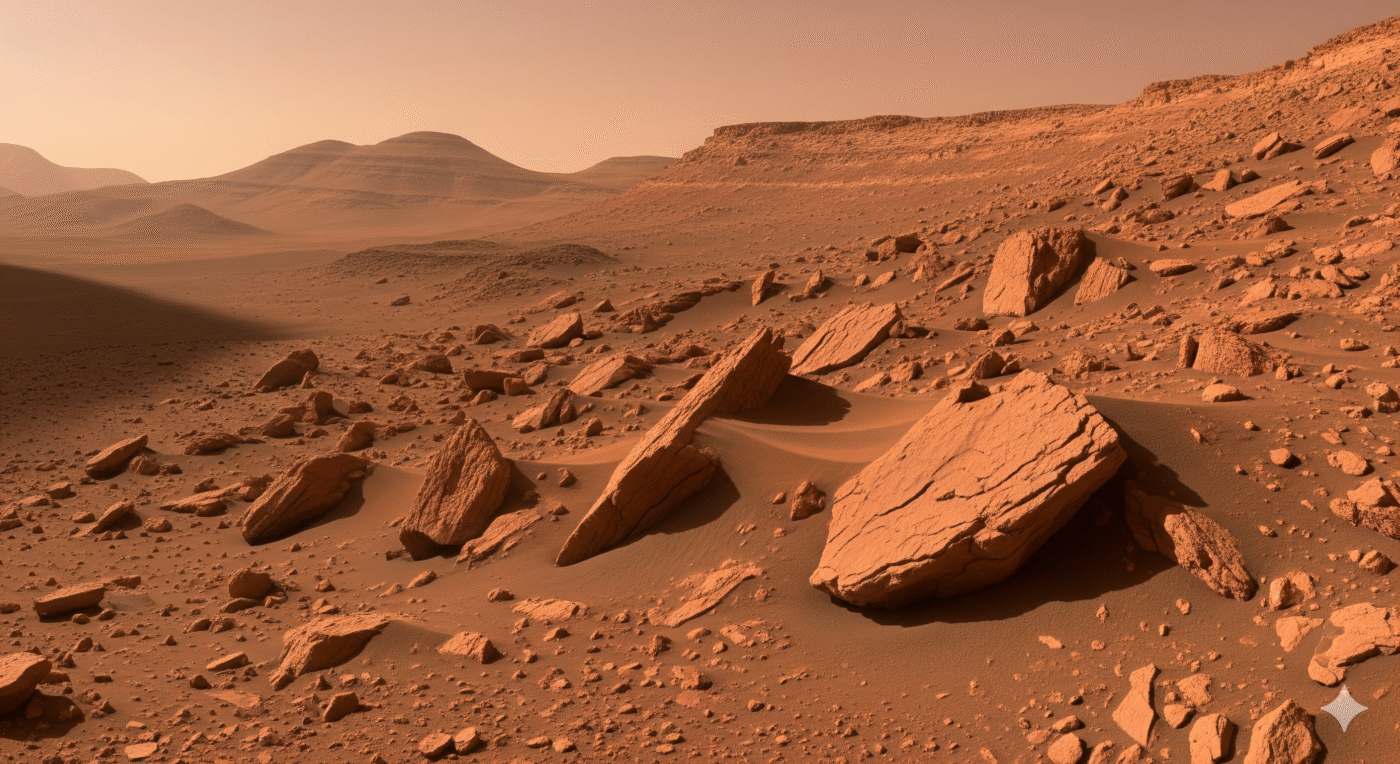Science
The More Absurd, the Greater the Belief: Where Conspiracy Theories Come From
08 January 2026

A Mars discovery from fresh InSight data points to a hidden twist under the Red Planet—one that could rewrite its story
The mystery of the Red Planet may finally be cracking. For decades Mars was seen as a dead, barren world. Yet beneath its crimson surface lies something that has surprised scientists — and brought it closer to Earth. Breakthrough data from NASA’s InSight mission let researchers probe deeper than ever before and revealed a secret that could change our understanding of the planet’s entire history.
What is Mars’s core like? Until now, we thought it was entirely liquid. The latest finding by Chinese researchers, published in the prestigious journal Nature, shows something very different: at the center sits a solid inner core, surrounded by a liquid outer core. It’s almost a copy of Earth’s interior structure.
The InSight lander mission, which ended in 2022, proved to be a true gold mine of knowledge about Mars. During its operations, the instrument recorded 1,300 “marsquakes.” Twenty-three of them — though relatively weak — allowed scientists to peer deeper into the planet than ever before.
Thanks to these data, we now know that Mars’s inner core is about 613 kilometers in diameter and — like Earth’s — is composed mainly of iron and nickel. The surprise was the presence of lighter elements such as oxygen. Even more striking, the surrounding outer core is liquid and extends to about 1,800 kilometers from the planet’s center.
You might like to read: Is There Water Beneath Mars’ Surface? Groundbreaking NASA Probe Data
Daoyuan Sun of the University of Science and Technology of China, one of the study’s lead authors, told the Associated Press: “Our results suggest that Mars has a solid inner core that accounts for about 20 percent of the planet’s radius — roughly the same proportion as Earth’s inner core. However, that similarity could be coincidental.” He adds that Mars’s core was originally completely liquid, and its crystallization may have started in the past and may still be ongoing.
The discovery of a solid inner core opens new, fascinating questions. On Earth, motion in the core generates a strong magnetic field that shields us from cosmic radiation. Mars lacks such a shield — and that changes everything. Could the slow crystallization of the Red Planet’s core have stripped it of a magnetosphere? And if so, is that why Mars lost its atmosphere and became a barren desert?
Nicholas Schmerr of the University of Maryland in College Park, though not involved in the study, praises the results but stresses that our knowledge of Mars’s interior remains incomplete: “Nailing down many details of the inner core’s exact shape and the compositions of Mars’s inner and outer core will require a network of seismographic stations similar to InSight.” With InSight shut down, new seismic data are no longer available, making further research much harder.
More detailed models are needed to fully understand how Mars’s core formed and how that relates to the history of its magnetic field. Was Mars once a planet with its own magnetic shield that protected its atmosphere and perhaps allowed life to develop? The question remains open.
Read the original article: Naukowcy zajrzeli do wnętrza Marsa. Mamy nowe odkrycie
Science
08 January 2026



Zmień tryb na ciemny